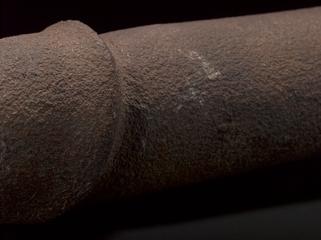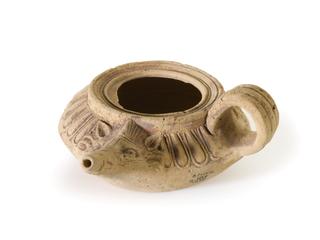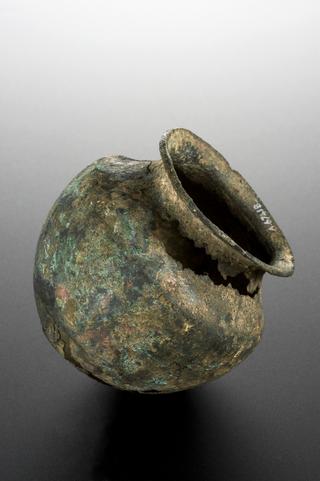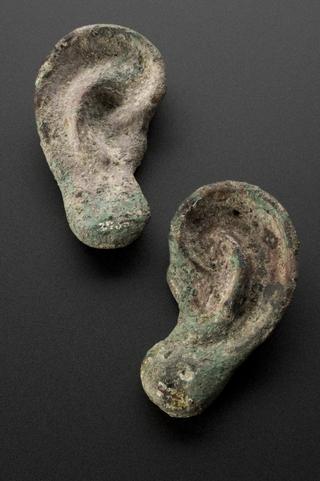




Metal and wood fumigating torch (copy), carried around for personal protection against bubonic plague, 17th century
Fumigating torches were used in the 1600s to protect the carrier from bubonic plague. Sweet smelling herbs burnt in the top of the torch were thought to protect against disease. Both the buboes caused by the disease and the breath of the dying smelt foul and it was thought that disease was spread by rancid smells. Plague seemed to spread quickly from person to person but was later discovered to be spread by the fleas carried on rats.
Henry Wellcome did his utmost to acquire objects for his collection. He was not always successful. Undeterred, he would seek permission to have copies made of those objects he could not acquire.
Details
- Category:
- Classical & Medieval Medicine
- Collection:
- Sir Henry Wellcome's Museum Collection
- Object Number:
- A629411
- Measurements:
-
overall: 497 mm 93 mm,
- type:
- fumigator




